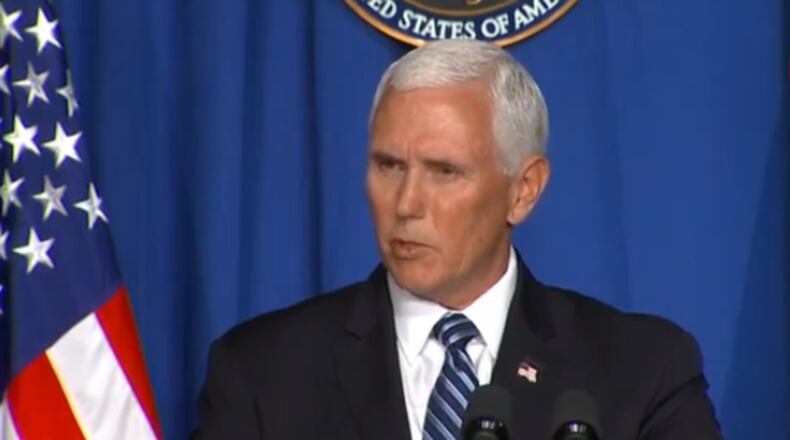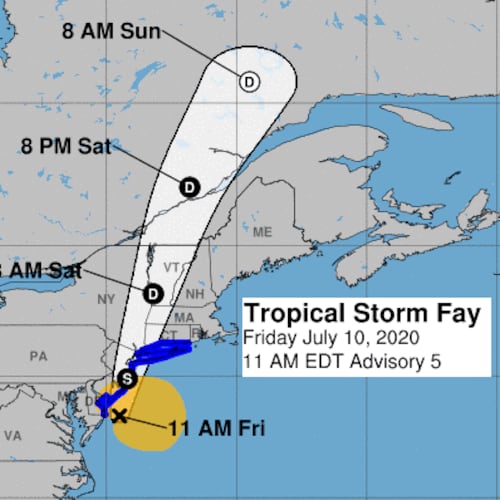With Vice President Mike Pence echoing President Donald Trump's call for schools to fully re-open in the fall, the U.S. on Wednesday set another one-day record for Coronavirus cases, as the rolling average of virus deaths showed signs of an upswing as well.
"We got to re-open our schools," Pence said after a meeting of the White House Coronavirus task force. "We got to get our kids back."
But while Pence said there signs that COVID-19 numbers were flattening, that was not the case again on Wednesday, with states reporting 62,751 Coronavirus cases, the most yet.
"We're going to get our kids back to school, because that's where they belong," Pence said, as he repeated that mantra throughout a news conference at the Education Department.
The focus for federal health experts continues to be four states have shown dramatic growth in the number of virus cases, and seen increases in the number of deaths as well.
Task force member Dr. Deborah Birx said health investigators are still trying to figure out why the re-opening had been going so well - and then suddenly spiked with new virus cases in mid-June.
"Whatever occurred - occurred almost simultaneously across the South," Birx told reporters.
After 920 deaths were reported on Tuesday - some of that a backlog from the July Fourth holiday weekend - 806 more deaths were reported Wednesday, as the 7-day average of deaths went up to 534 deaths.
That's the highest point for the average daily deaths since June 29.
The consecutive increases on Tuesday and Wednesday have seemingly halted a dramatic decline which began back in early May, as the U.S. went from over 2,000 deaths a day on average, down to under 500.
California (114 deaths) and Texas (99) topped the list on Wednesday.
About the Author
The Latest
Featured



